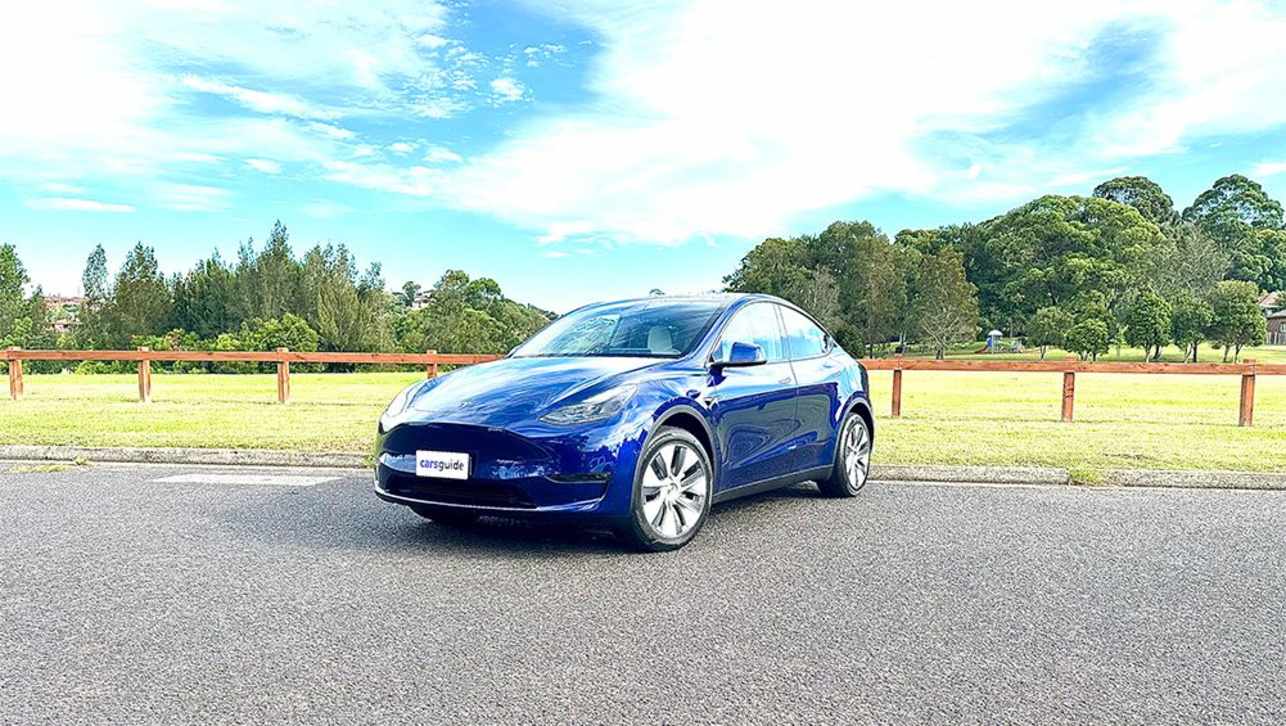Hotels, resorts and car parks grow Tesla's charging pool across the country.
Electric car maker Tesla is growing its charging network across Australia by partnering with hotels, restaurants and commercial car parks to provide facilities for the brand's owners.
The company has celebrated its 200th installation at Fox Creek Wines in South Australia's McLaren Vale region, while chargers can be found in almost all states and territories, except for the Northern Territory.
"This milestone site is a further celebration of the two year anniversary of the first deliveries of Model S into Australia – showcasing the commitment Tesla has had to deliver charging infrastructure for the rapidly growing fleet of these vehicles on Australian roads," said the company in a statement.
Tesla Model X SUV sales are set to commence at the end of this year, while the cheaper Model 3 hatch is due in 2018.
The charger provided to businesses is the same 'High Power Wall Connector' that's provided with the purchase of a Tesla, which gives the car 47km of range per hour charged.
Tesla says it approaches relevant businesses, as well as fielding requests for charging points. A Tesla wall connector will only charge a Tesla, unlike Audi's e-Tron charger, which can be used to recharge other vehicles like the Nissan Leaf and the Mitsubishi Outlander PHEV.
A sample of the businesses contacted by CarsGuide said that there was no charge to use the Tesla charger, but use of the device was largely restricted to patrons. However, some chargers – for example, at the Thredbo Alpine Hotel and Lake Crackenback Resort in NSW – are readily accessible by the general public.
Locations as far flung as Bourke in western NSW, Emerald in Queensland and Adventure Bay in Tasmania feature on Tesla's list of 200 locations, which does not include the company's network of Supercharger sites in NSW and Victoria, which currently stands at eight.
The Supercharger stations run at a maximum of 120 volts, and can add 270km of range to the car in 30 minutes using the car's own charging cable.
Customers who purchase a Tesla after January 1 2017 will be required to pay to use Supercharger stations once an included 400 kilowatt-hour per year allowance (approximately 1600km) is exhausted.







.jpg)
.jpg)
.jpg)

.jpg)

.jpg)


.jpg)


.jpg)

.jpg)


.jpg)
.jpg)




Comments